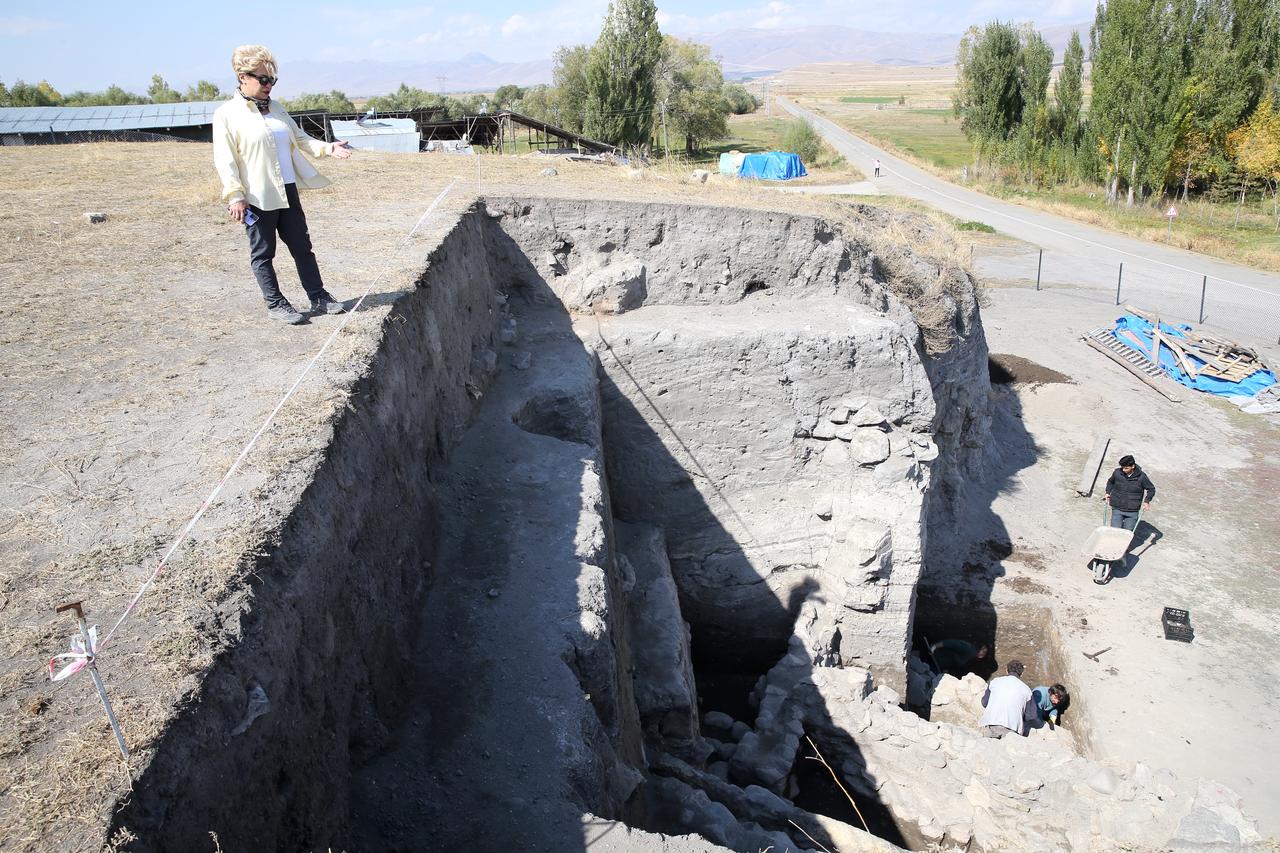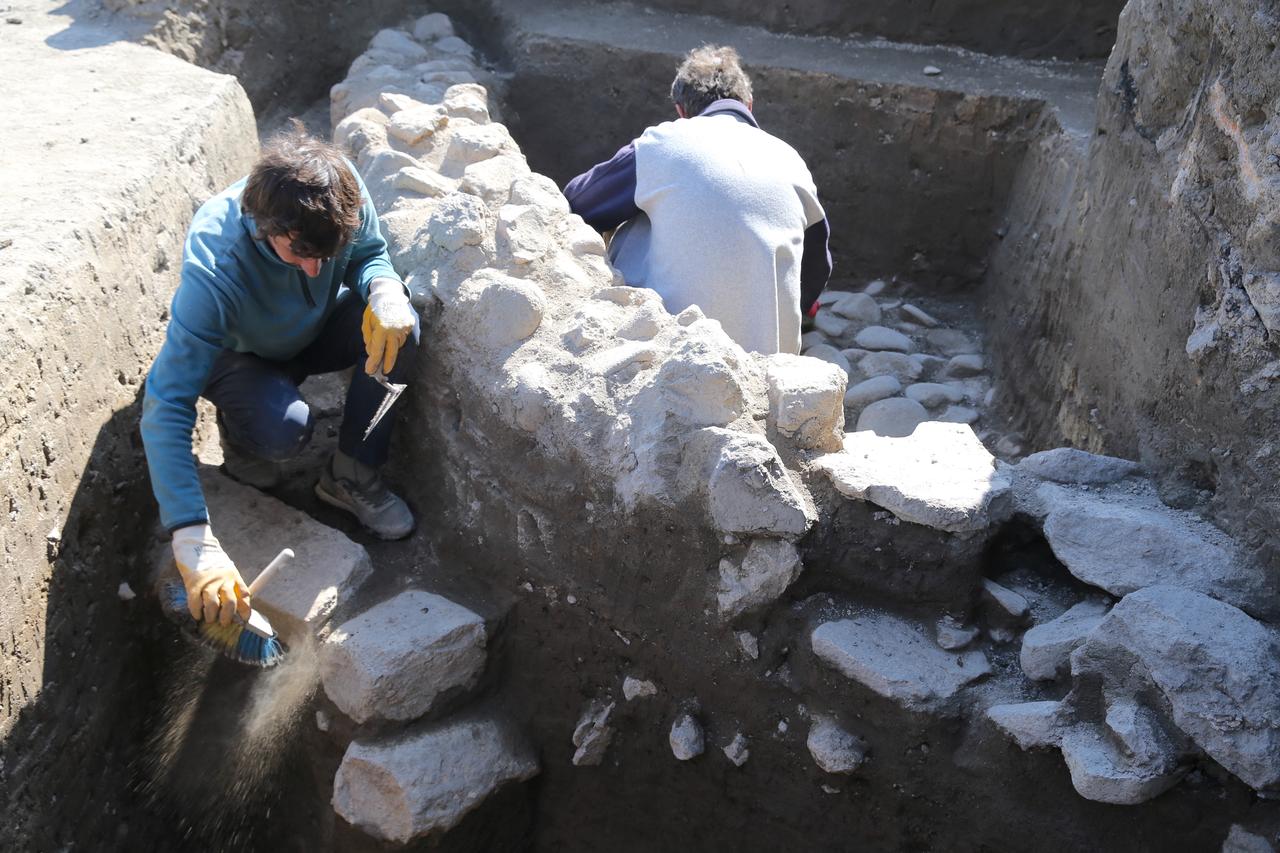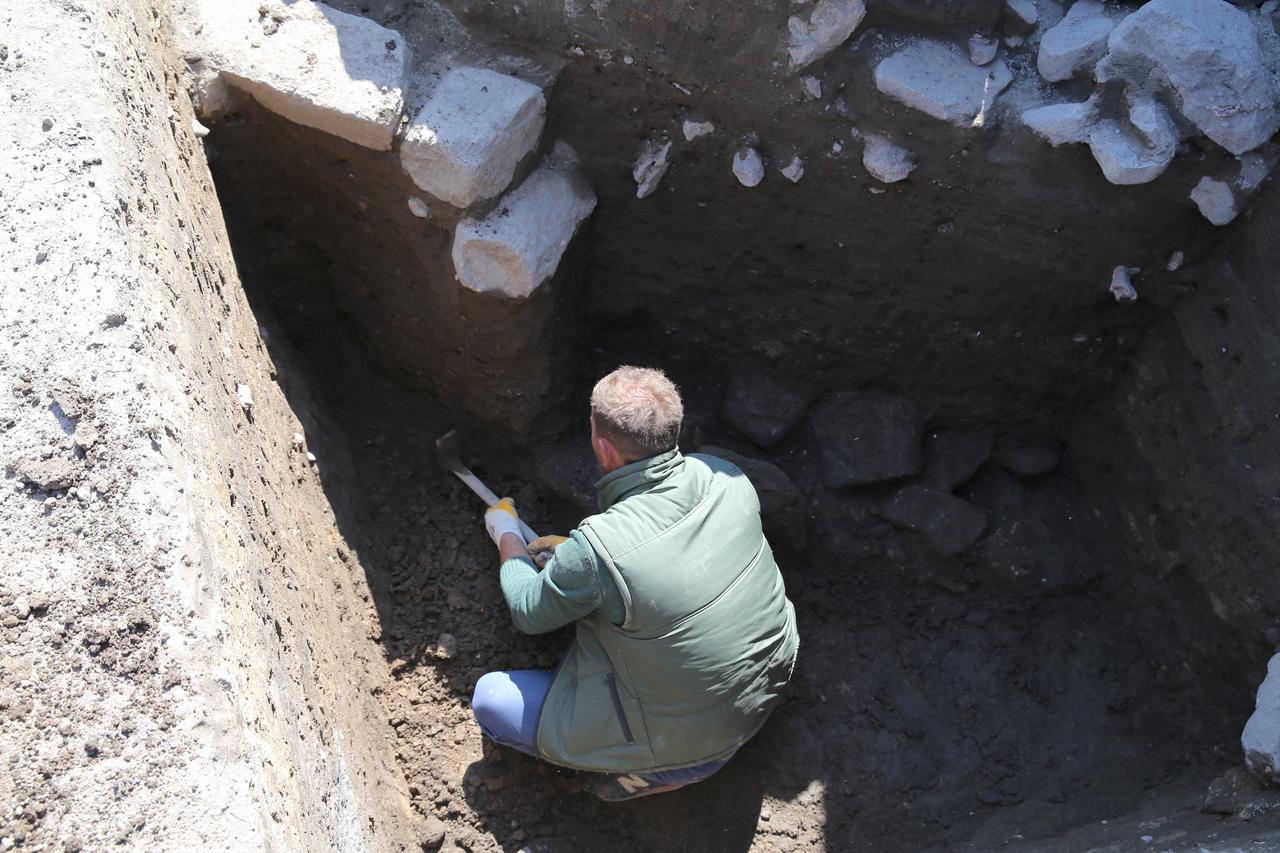
Excavations at Degirmenler Hoyuk in eastern Türkiye have uncovered new architectural traces believed to predate the Karaz culture, offering unprecedented insight into the region’s early settlements.
The excavation, carried out in Erzurum’s Yakutiye district under the supervision of the Erzurum Museum Directorate with permission and support from the Ministry of Culture and Tourism, has been ongoing for two years as part of the “Degirmenler Hoyuk Excavation Project.”

Findings from this year include ceramics, architectural structures, hearths, kilns, reed mats, seashells, wall coverings, and distinct structural features, all evaluated according to their respective historical periods.
Last year, evidence indicated habitation dating back around 6,000 years.
Continued excavation has now reached layers dating to between 5,500 and 6,000 years ago, belonging to cultural phases predating the Karaz culture, which spread from the Caucasus and Iran to Eastern Anatolia and the Levant.
With these findings, Degirmenler Hoyuk is becoming a uniquely significant site for understanding the early cultural development of the region.

Archaeologist Associate Professor Gulsah Altunkaynak of the Erzurum Museum, who leads the excavation, said their initial goal was to determine the site’s stratigraphy before it was lost and to reveal all settlement phases.
“We first identified a medieval cemetery layer on top, followed by Iron Age levels,” she said.
“Then we began uncovering finds from different periods, including small artifacts possibly from the Late Bronze Age. One of our main goals was to document the Early Bronze Age Karaz culture and its various stages more clearly.”
Altunkaynak noted that the team had now reached the earlier cultural phases.
“This year, we are finding architectural traces from before the Karaz period. That is very exciting for the region,” she said.

“We also discovered a large production area, a kiln, with a square plan, a cylindrical entrance, and a canal connection, unlike anything seen before. It had four construction phases, starting as a circular structure before evolving into a square one.”
She added that the site yielded many large, pointed-base Karaz-style vessels, indicating a more centralized production area at Degirmenler Hoyuk.
“This year, we entered a structure with well-defined corners and reed flooring,” Altunkaynak explained.
“In another section, we uncovered a round-planned structure with stone flooring, showing that plaster, reed, and stone were all used as architectural materials.”
According to Altunkaynak, the findings reveal multiple architectural phases, from round to rectangular forms, consistent with the theorized development of Karaz culture architecture.

“We are now seeing a wall covering from the very early stages of Karaz,” she said.
“With ceramics, carbon samples, and now architectural evidence, we can say we are at the region’s earliest settlement. We confirmed the 6,000-year mark and are now moving even earlier, supported by new structural evidence.”
She noted that the area, located in a marshy zone, has begun to yield seashells, offering environmental as well as archaeological insights.
“Degirmenler Hoyuk will bring a completely new dimension to Erzurum’s history,” Altunkaynak said.
“The four-space structure here is the first of its kind in the region, showing all architectural stages of the Early Bronze Age Karaz culture, and even traces of pre-Karaz architecture.”